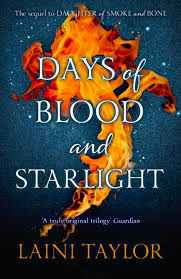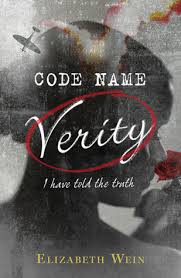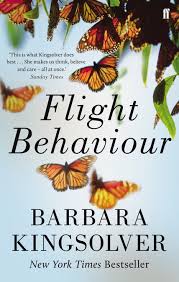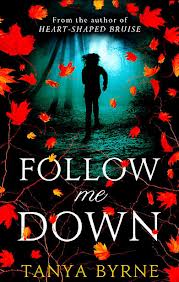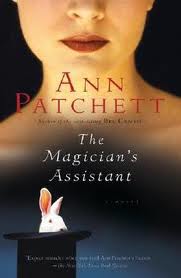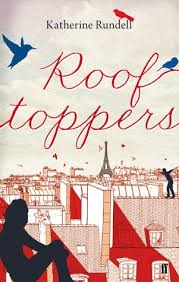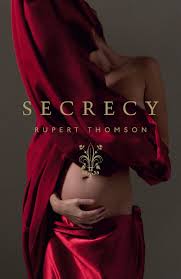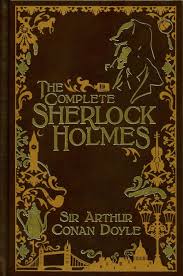Sometimes a rejection can make you come back fighting. Sometimes it makes you stop, think, and change direction, in a way that is really positive. However, a knockback in your creative work can also be really painful. This blog post is about all of those things.
I had a tough time in January. I heard from my agent that some editors had passed on my YA novel. He was disappointed, but not as disappointed as me! It didn’t really help that they gave some positive feedback or that it was a ‘close call’. I just heard the resounding ‘No, thanks.’
If you’d asked me a few weeks ago if I’d be blogging about this, I’d have laughed in your face. However, now that I’ve scraped myself up off the floor and got back to writing the next novel, I thought I’d offer my best advice to anyone else in the same boat.
This is where I switch hats and bring in the positive techniques that I use in my coaching business.
ONE: It’s OK to feel sad
Rejections hurt. They bloody do. Especially when it’s about work you’ve toiled over for months or years, work that you love.
So have a cry / scream / shout. Admit it.
TWO: Go do something that makes you feel good
See friends who make you laugh. Talk it out. Watch a good film. Hang out with your kids / partner/ dog.
This is the bit where it stops hurting so much and you remember you’re more than just one piece of work.
THREE: Pick yourself up and be brave again
No one gets it right first time. Seriously. If we all stopped there, the world would be a poorer place.
This is where I recommend you go read the brilliant Brené Brown’s Daring Greatly. This book is inspiring on the importance of resilience and perseverance, about nurturing ‘engaged, tenacious people who expect to have to try and try again to get it right – people who are much more willing to get innovative and creative in their efforts.’ *
Being courageous and open to change means looking directly at the knockback. Is there any part of the critique that could be useful right now? Could this be the constructive feedback you need to spur you on to the next stage?
Or perhaps it just needs taking on the chin. When you get a flat ‘no’ or a ‘not right now’ or ‘not this kind of thing’, sometimes you just need to move on.
But it’s worth spending a little time working out the difference. If you get that awful squirmy feeling of recognition, you’ll know you need to look more closely at the critique and see if you agree with it.
FOUR: The plan
There needs to be a plan. What three small steps can you take to move on from this?
Make the steps positive and measurable – something you can tick off when you’ve done it.
Make them time-framed: by next Thursday I will have re-written that scene.
Make them realistic: I will submit this manuscript to the next agent on my list by next weekend.
FIVE: Get support
Find a friend or a mentor or a writing buddy who understands what this means. Talk it over with them and let them know ‘The Plan’. Check in with them when you’ve ticked off each item on your list. Being accountable to someone else means you’re more likely to stick to your plan.
The other thing I’ve realised is that this process doesn’t happen neatly or chronologically – you can flick between all these stages for a while.
Now, I just need to get on with taking my own advice. Wish me luck?
*Brené Brown, Daring Greatly: How the Courage to Be Vulnerable Transforms the Way We Live, Love, Parent and Lead, Gotham Books, Penguin New York 2012
Photo of baby crying from http://www.flickr.com/photos/rats and used with kind permission of the photographer



